Dippy Facts
Hi! I’m Dippy the dinosaur, nice to meet you!
I’m a cast of a Diplodocus, one of the largest creatures ever to roam the earth and that lived about 150 million years ago!
I went on a tour of the UK and Norwich Cathedral was the final stop on my tour! In my exhibition, visitors learned more about dinosaurs, nature and the environment. Why don't you click on the tiles below to learn some facts about me!
Click on the tiles below to reveal the answers!








